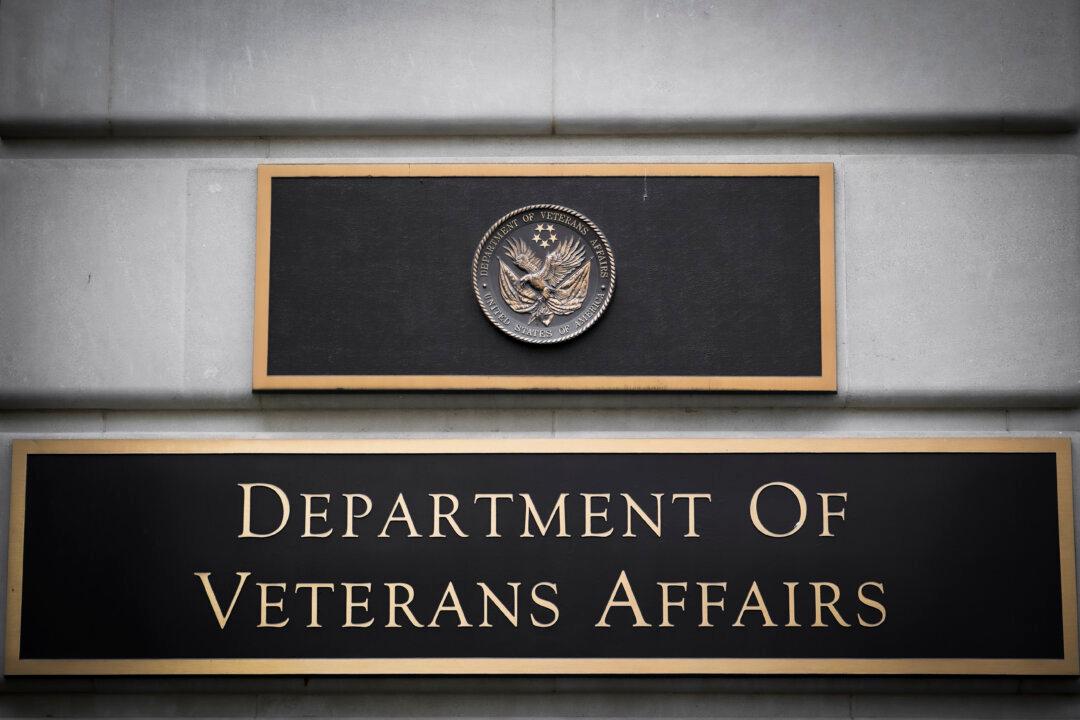Thousands of veterans across the country faced delays in getting their disability claims processed by the Department of Veterans Affairs, with some delays spanning several years, the agency revealed.
The delays affected claims which were submitted online as far back as 2018. The issue is being blamed on a technical problem arising from the integration of systems on the Veterans Affairs website. “Specifically, these claims were not automatically routed for processing once submitted, leading to a delay for these veterans,” Terrence Hayes, VA press secretary, said in a statement to NewsNation.





